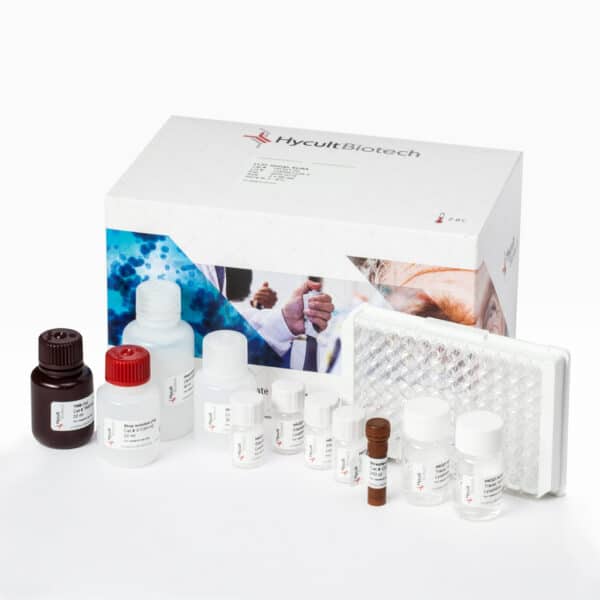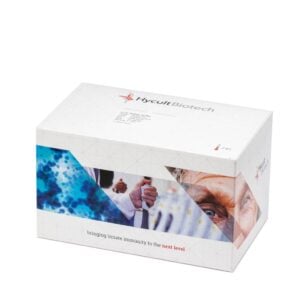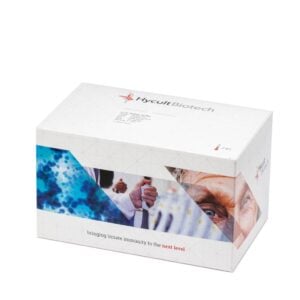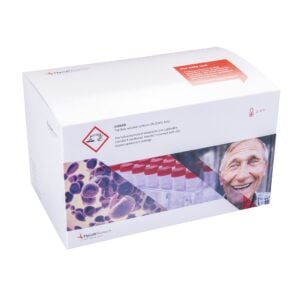C5, Human, ELISA
Complement C5 (molecular weight app. 190kDa) is a key component of the complement system.
Read more€756.00 – €1,223.00
C5, a key 190kDa protein in the complement system, is vital for both innate and adaptive immune responses. It spearheads protective actions against pathogens, paving the way for adaptive immunity. Present in blood, tissues, and body fluids, C5 forms part of the complex complement system. Its activation, through classical, lectin, and alternative pathways, leads to the formation of the Membrane Attack Complex (MAC). This complex is critical for neutralizing harmful microorganisms and damaged cells. Yet, uncontrolled C5 activation is linked to diseases like asthma, lupus, and multiple sclerosis. Genetic mutations causing C5 deficiency result in recurrent bacterial infections, highlighting its crucial role in immunity. C5’s importance extends beyond immune defense, positioning it as a target for treating various immune-related disorders. This underscores the significance of C5 in immune system function and disease management.
The efficient format of a plate with twelve disposable 8-well strips allows free choice of batch size for the assay.
Samples and standards are incubated in microtiter wells coated with antibodies recognizing Human C5.
Biotinylated tracer antibody will bind to the captured Human C5.
Streptavidin-peroxidase conjugate will bind to the biotinylated tracer antibody. Streptavidin-peroxidase conjugate will react with the substrate, tetramethylbenzidine (TMB). The enzyme reaction is stopped by the addition of oxalic acid. The absorbance at 450 nm is measured with a spectrophotometer. A standard curve is obtained by plotting the absorbance (linear) versus the corresponding concentrations of the Human C5 standards (log).
The Human C5 concentration of samples, which are run concurrently with the standards, can be determined from the standard curve.
You may also like…
-
TCC ELISA, human, kit
Cross reactivityCynomolgus monkey – Yes, Horse – No, Mouse – No, Pig – Yes, Rabbit – Yes, Rat – NoView product €756.00 – €1,223.00 -
C5a, Human, ELISA kit (serum only)
Cross reactivityCynomolgus monkey – Yes, Horse – No, Mouse – Weak, Pig – Weak, Rabbit – Weak, Rat – WeakView product €756.00 – €1,223.00 -
Complement C7, Human, ELISA kit
Cross reactivityCynomolgus monkey – No, Mouse – No, Pig – No, Rat – NoView product €756.00 – €1,223.00




